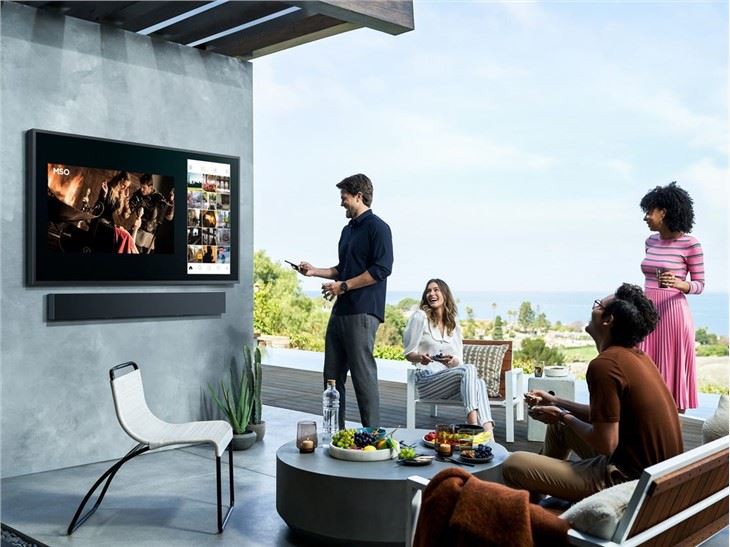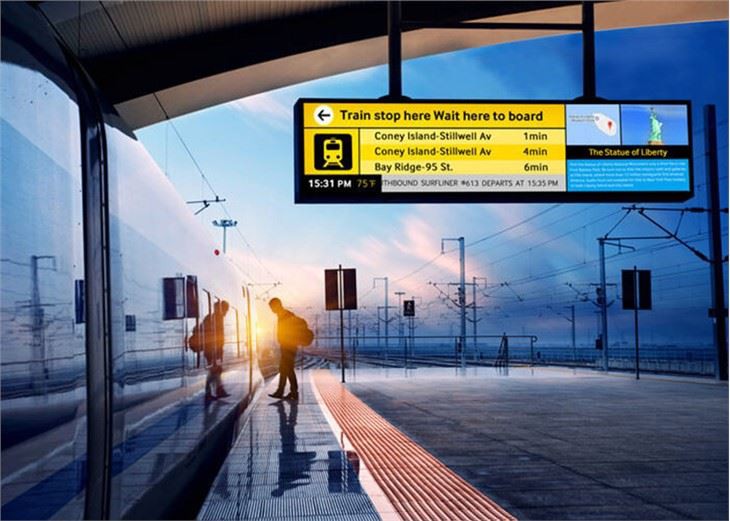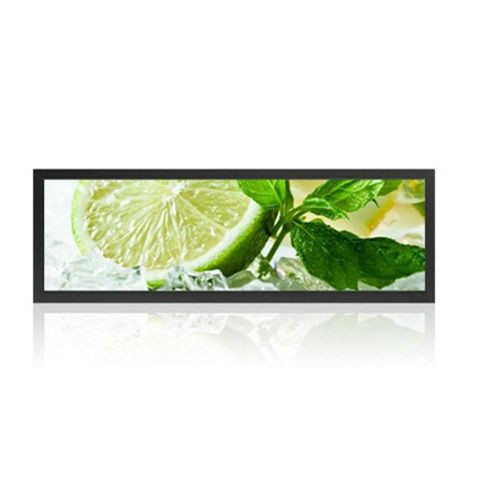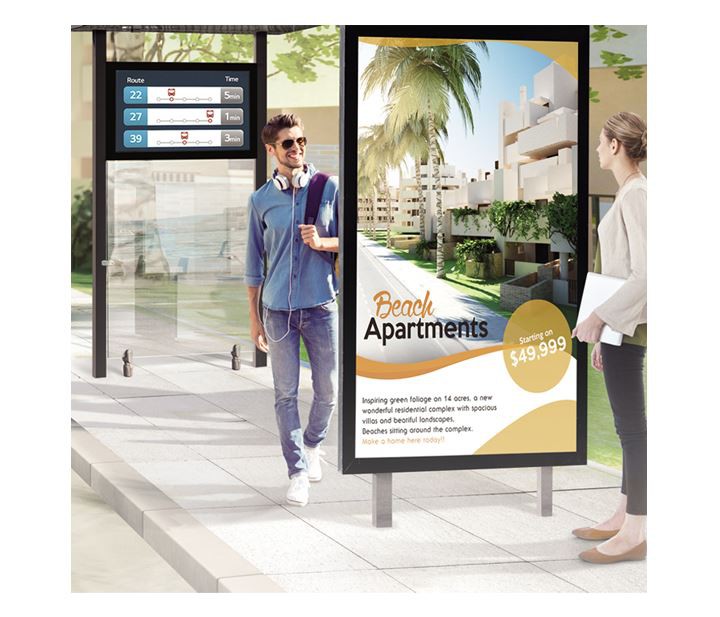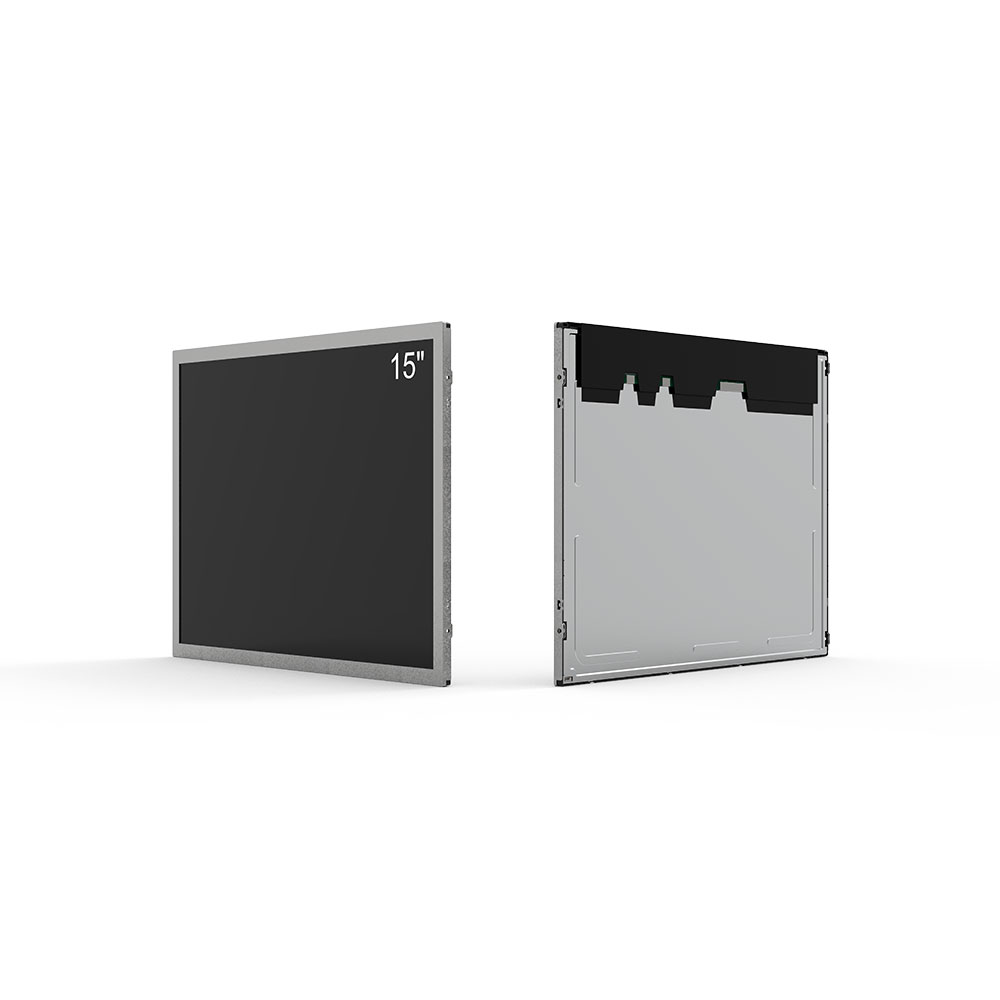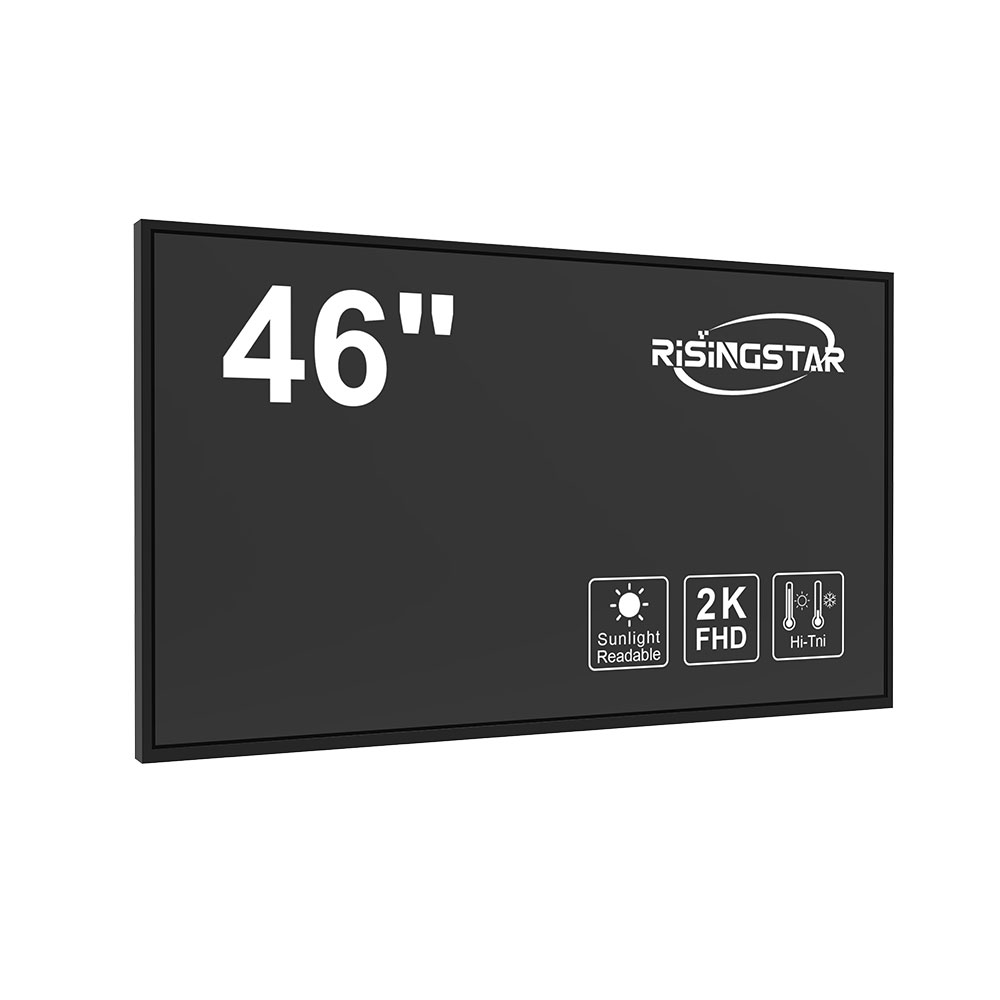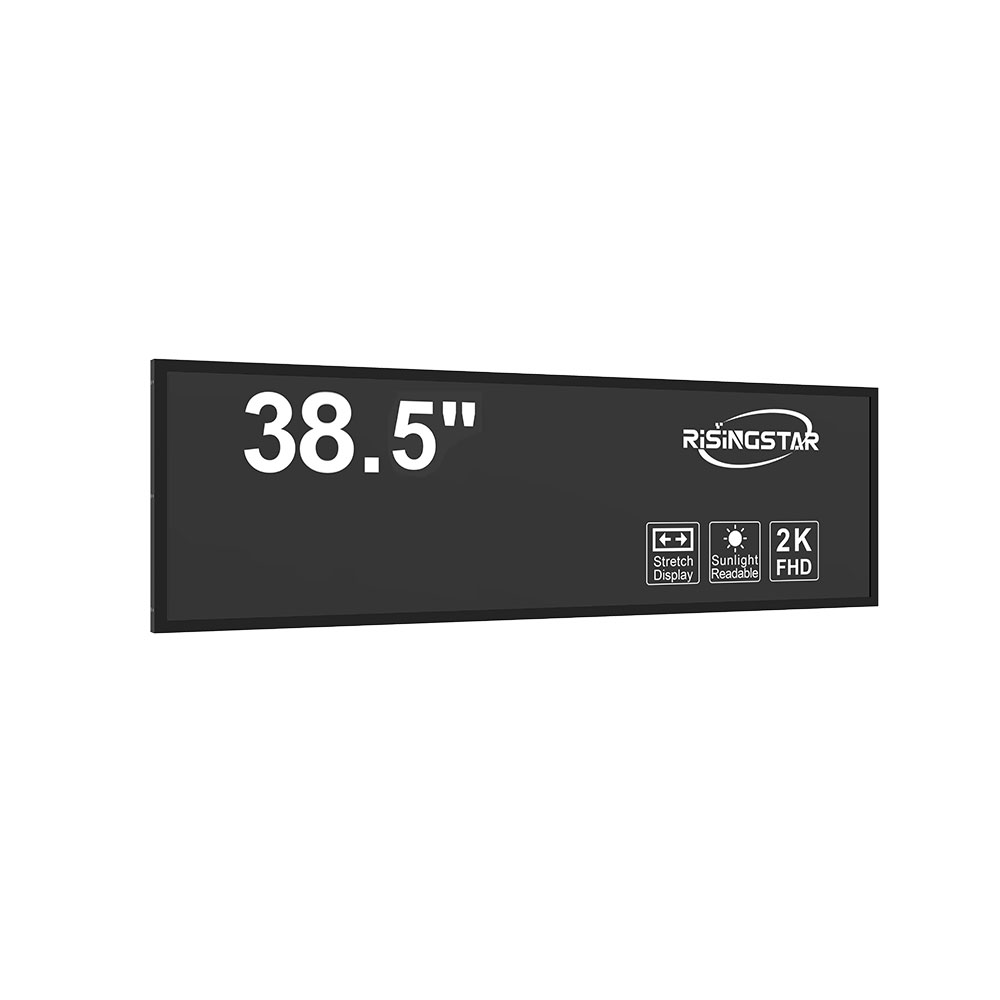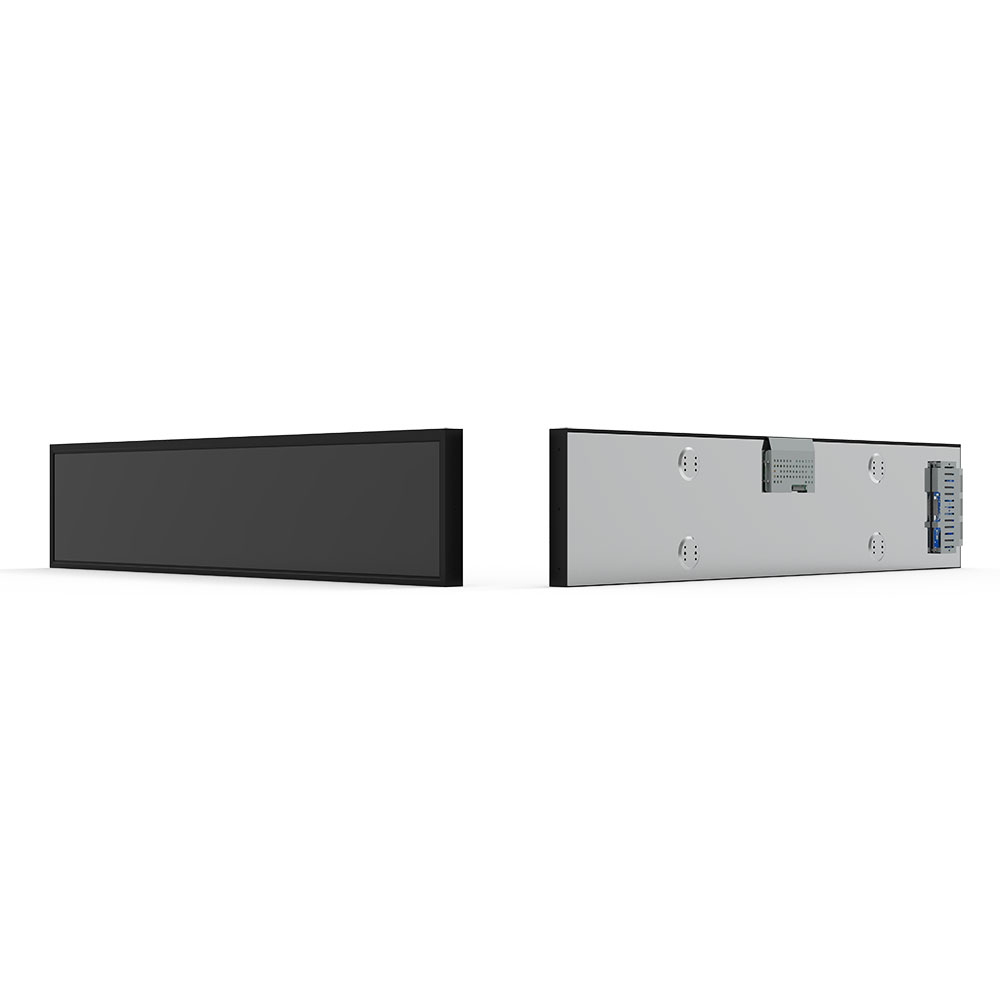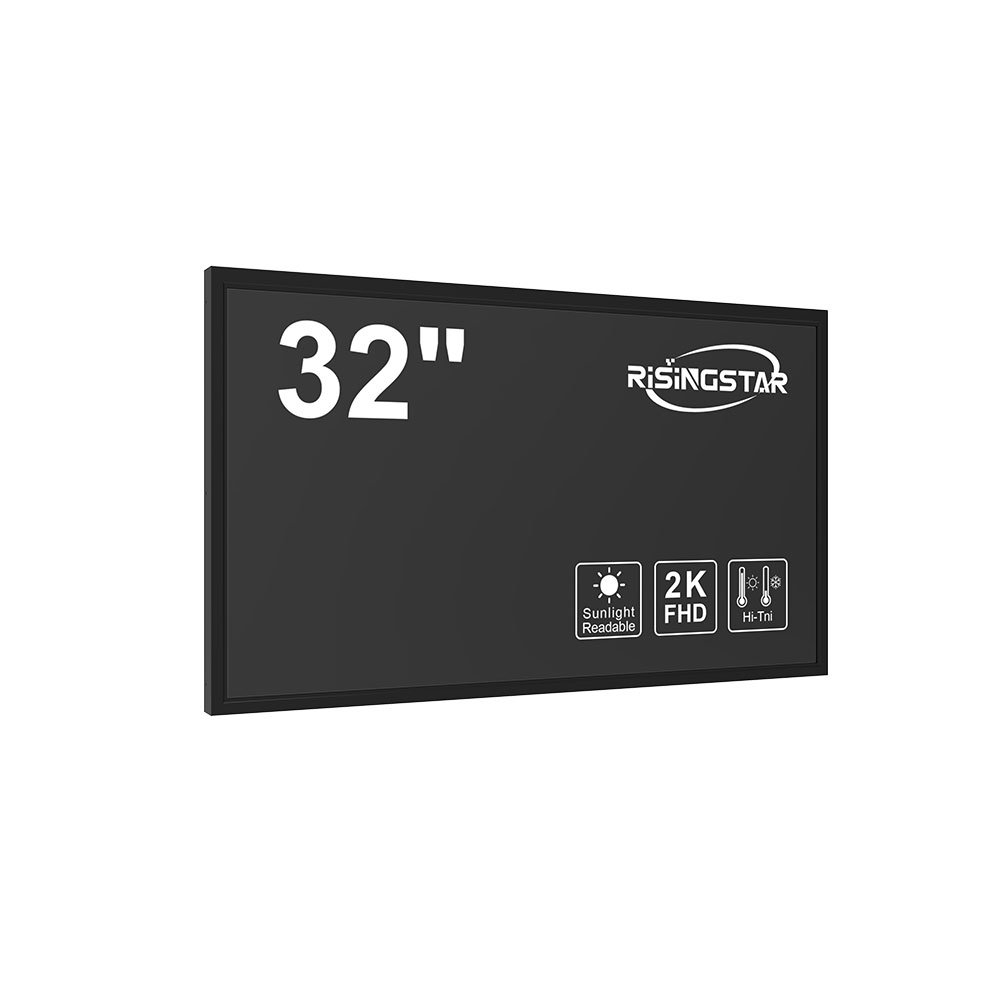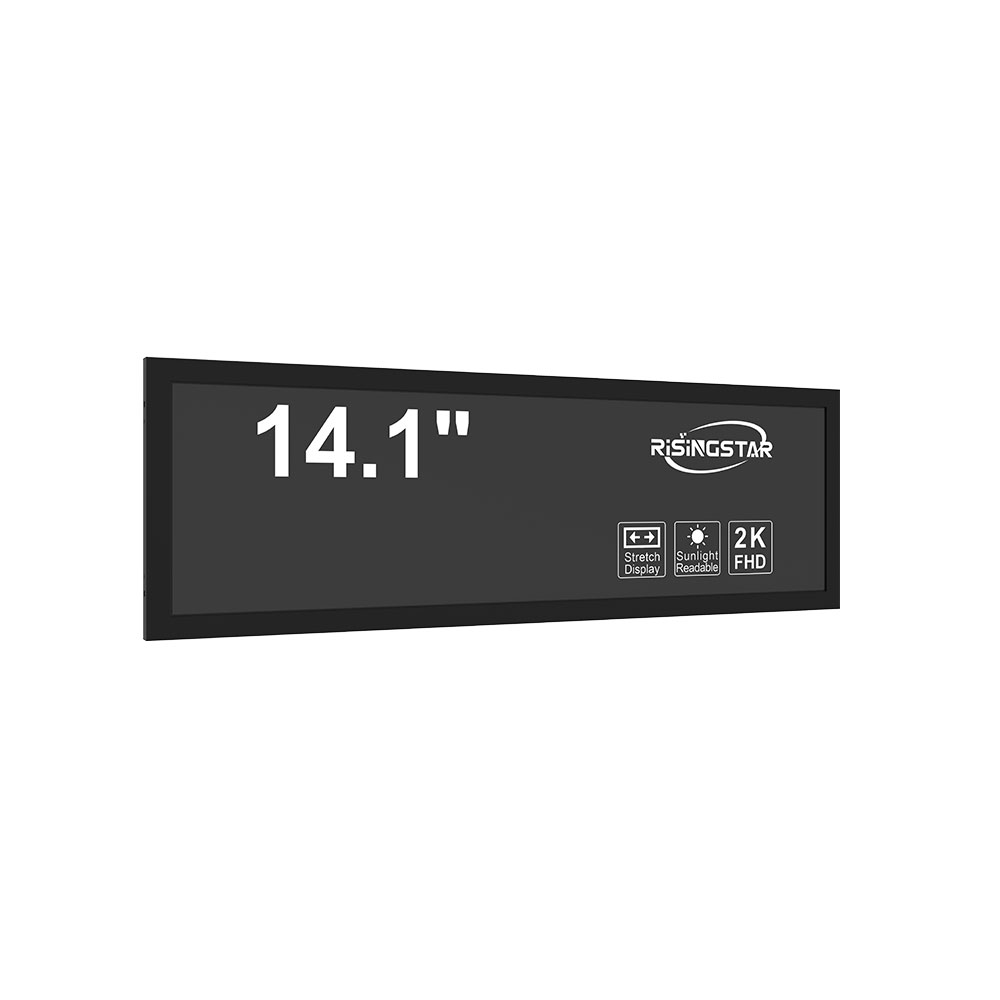In today’s increasingly connected world, waterproof monitors are no longer a niche solution—they are essential components in outdoor signage, transportation systems, industrial environments, and public infrastructure. Designed to withstand harsh conditions such as rain, dust, high humidity, and extreme temperatures, these rugged displays ensure uninterrupted operation where standard LCDs would fail. According to the Global Outdoor Display Market Report (2024), the demand for waterproof and high-brightness LCDs is projected to grow at a CAGR of 7.3% through 2030, driven by smart city initiatives and real-time passenger information systems.
A waterproof monitor typically features an IP65 or higher ingress protection rating, meaning it is dust-tight and protected against water jets from any direction. For applications like bus stops, train stations, and airport kiosks, these displays must function reliably in all weather conditions. Manufacturers like LG, Sharp, and Samsung now produce outdoor-rated LCD panels with brightness levels exceeding 5,000 nits—far beyond the 250–500 nits of typical indoor screens—to maintain visibility under direct sunlight. This luminance boost, combined with anti-glare coatings and wide viewing angles, ensures optimal readability in challenging lighting scenarios.
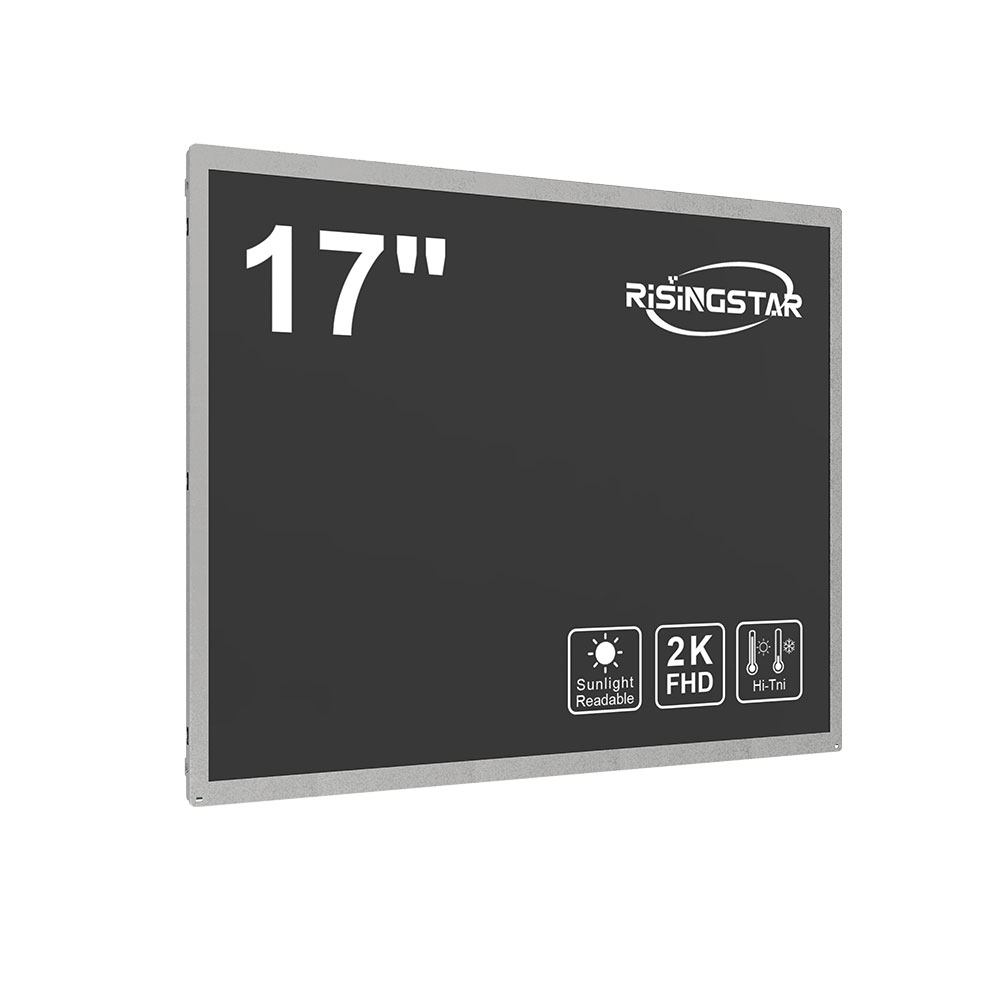
Beyond environmental durability, waterproof monitors often integrate advanced features such as automatic brightness adjustment, remote diagnostics via IP-based control, and support for multiple input sources including HDMI, SDI, and Ethernet. In transport hubs, such as London’s Transport for London (TfL) system or Singapore’s Land Transport Authority (LTA), waterproof passenger information displays (PIDS) provide live updates on schedules, delays, and emergency alerts—critical for crowd management and traveler safety. Case studies show that these systems reduce average wait times by up to 18% due to improved communication efficiency.
From an engineering perspective, the construction of waterproof monitors involves sealed enclosures made from aluminum or polycarbonate, internal moisture barriers, and fanless cooling systems to prevent condensation. Some models also include built-in solar power compatibility for off-grid installations in remote locations like highways or construction sites. The use of LED-backlit panels instead of CCFL further enhances energy efficiency and lifespan—often exceeding 60,000 hours of continuous operation.
For businesses seeking long-term ROI, investing in certified waterproof monitors (such as those meeting IEC 60529 standards or MIL-STD-810G military-grade durability) reduces maintenance costs and downtime. Integrating these displays into IoT-enabled networks allows for predictive maintenance through data analytics—another key trend highlighted by McKinsey & Company in their 2023 Industry 4.0 report.
Whether deployed in maritime environments, food processing plants, or mobile command centers, waterproof monitors represent the convergence of resilience, clarity, and connectivity—a cornerstone of modern digital infrastructure.



